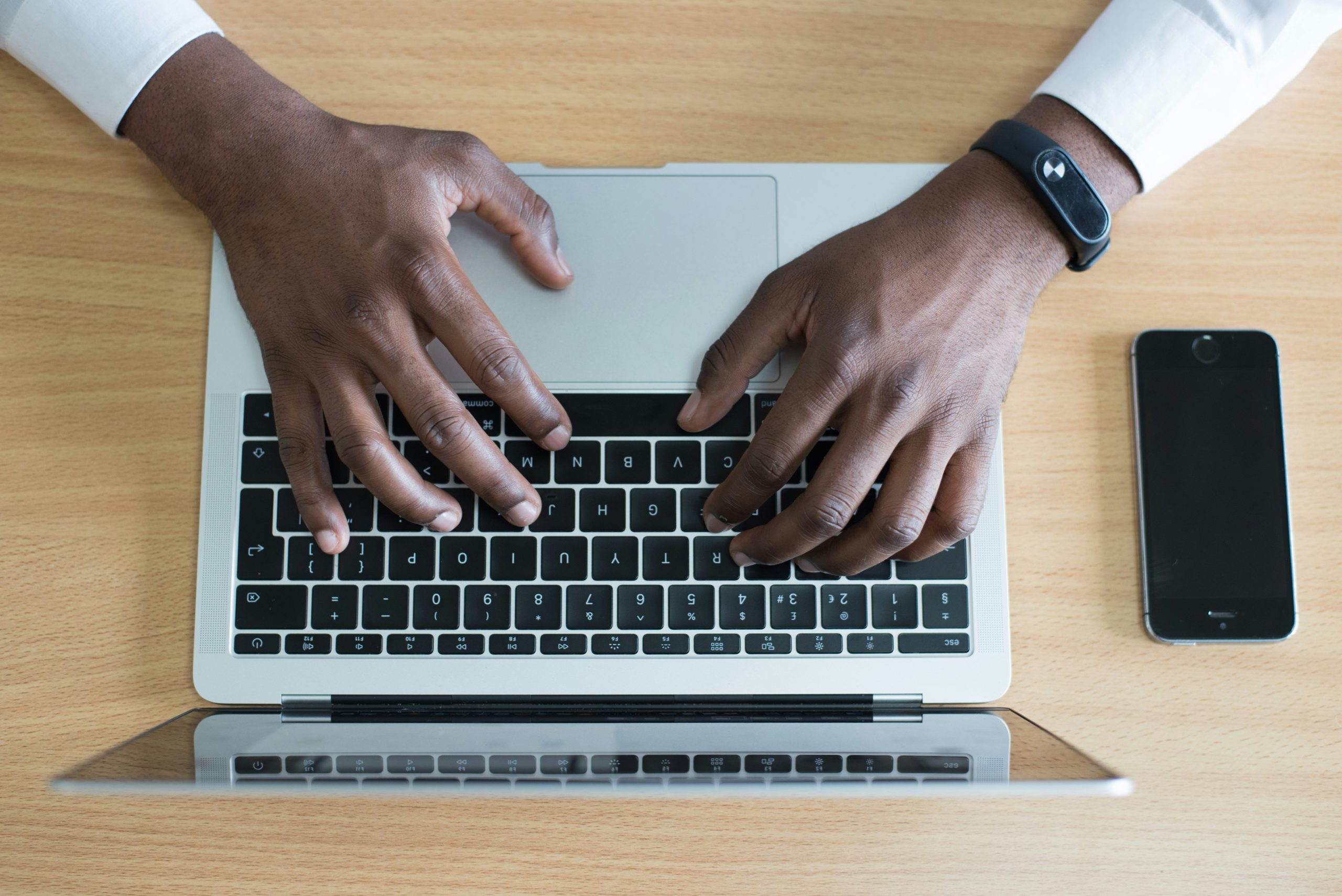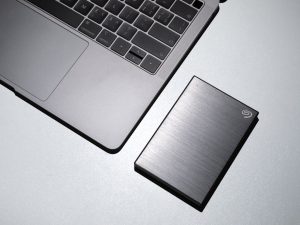Advanced Technical Analysis: How to Start as a Beginner?
3 min read
Technical analysis is a method used by traders to forecast future price movements of financial assets by analyzing historical market data, primarily focusing on price and volume. It’s like studying the past to predict the future in trading.
Understanding technical analysis is crucial for traders as it helps them make informed decisions, manage risks, and potentially increase profits. In this article, we’ll explore advanced technical analysis step by step.

How to Start Advanced Technical Analysis as a Beginner?
Before diving into advanced techniques, make sure you have a solid understanding of the basics of technical analysis. This includes concepts like support and resistance, trendlines, chart patterns, and indicators.
To deepen your knowledge, consider taking technical trading courses on Upsurge.club. Mastering the basics sets the stage for more advanced strategies in your trading journey. Meanwhile, here are steps you can take as a beginner:
1. Learn Technical Indicators
Start with learning common technical indicators like Moving Averages, RSI, MACD, and Bollinger Bands. These tools help analyze stock prices.
Moving Averages show trends, RSI indicates overbought or oversold conditions, MACD identifies momentum changes, and Bollinger Bands signal volatility.
Understanding and using these indicators enhances your ability to interpret market movements, supporting better decision-making in trading.
2. Study Candlestick Patterns
Learn to interpret candlestick patterns for advanced technical analysis. Candlesticks visually represent price movements, offering insights into market sentiment. Each candle displays the open, close, high, and low prices for a specific time period.
Patterns, formed by these candlesticks, offer insights into market sentiment. For instance, a ‘doji’ suggests indecision, while a ‘bullish engulfing’ pattern indicates potential upward movement.
Recognizing these patterns helps traders make informed decisions about market trends and potential reversals.
3. Practice Chart Analysis
Learn to analyze charts by identifying trends, reversals, and consolidations using various time frames. Pay attention to patterns and use tools like trendlines to understand the market’s behavior.
This skill helps you make informed decisions and anticipate potential price movements based on historical chart data.
Regular practice in chart analysis enhances your ability to interpret market trends effectively.
4. Backtest Your Strategies
Backtesting involves assessing trading strategies using historical data. By applying your chosen indicators and methods to past market conditions, you can evaluate their effectiveness.
This helps you understand how the strategy would have performed in real-time scenarios, offering valuable insights into its strengths and weaknesses.
It’s a crucial step in building confidence and fine-tuning strategies before applying them to the unpredictable nature of financial markets.
5. Explore Advanced Strategies
Explore advanced trading strategies like Fibonacci retracements, Elliott Wave theory, and Gann analysis. These methods involve sophisticated techniques for predicting price movements.
Fibonacci retracements use mathematical ratios to identify potential reversal levels. On the other hand, Elliott Wave theory analyzes market cycles and price patterns while Gann analysis incorporates geometric angles to predict support and resistance.
These advanced strategies can improve your technical analysis toolkit, providing deeper insights into market trends and potential entry or exit points.

Conclusion
Mastering advanced technical analysis opens doors to insightful market understanding. Remember to practice, stay updated, and manage risks wisely. If you’re eager to accelerate your learning, enroll in a technical analysis course in stock market on Upsurge.club. It’s a great opportunity to deepen your knowledge and gain practical skills for successful trading.



